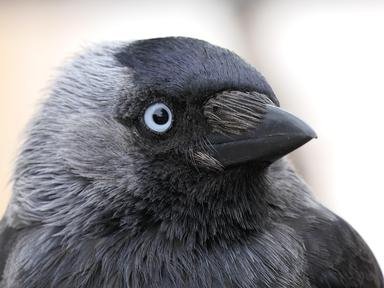Quiz Answer Key and Fun Facts
1. Which of these birds, with distinctive eye markings, is normally found only in the southern hemisphere, but has occasionally been spotted in Britain?
2. Which attractive American species was officially recorded as visiting the UK in Autumn 2001 with a long staying individual being seen in Western Scotland?
3. A rare vagrant in the UK, this bird could be described as an American cousin to a common British bird which is also in the family Falco. Which of these is it?
4. This unusual visitor is a relative of the much more common yellow and pied varieties found in the UK. What is it?
5. The European serin is sometimes seen in the southernmost parts of England. This seed eating bird is a member of which family?
6. Which seabird, which normally prefers warmer weather and is named for its distinctive feathers, has been seen regularly in the UK since the 1980s?
7. The closest most Brits get to this bird is by reading or listening to music. An extremely rare visitor to the UK, what is this bird, known for its powers of mimicry and very common in the USA?
8. Sharing the distinctive eye stripe, the photo shows the North American, red-breasted, cousin of which British bird?
9. Pastor roseus is native to central Asia and south eastern Europe and migrates to India for the winter. Vagrants turn up in the UK regularly and join the large flocks of which of our native birds, who share the same family?
10. These beautiful birds are occasionally seen in southern parts of Britain, although their usual range is southern and central Europe and parts of Africa. Officially Merops apiaster, and therefore not welcomed by all, what is their common name?
Source: Author
rossian
This quiz was reviewed by FunTrivia editor
WesleyCrusher before going online.
Any errors found in FunTrivia content are routinely corrected through our feedback system.
